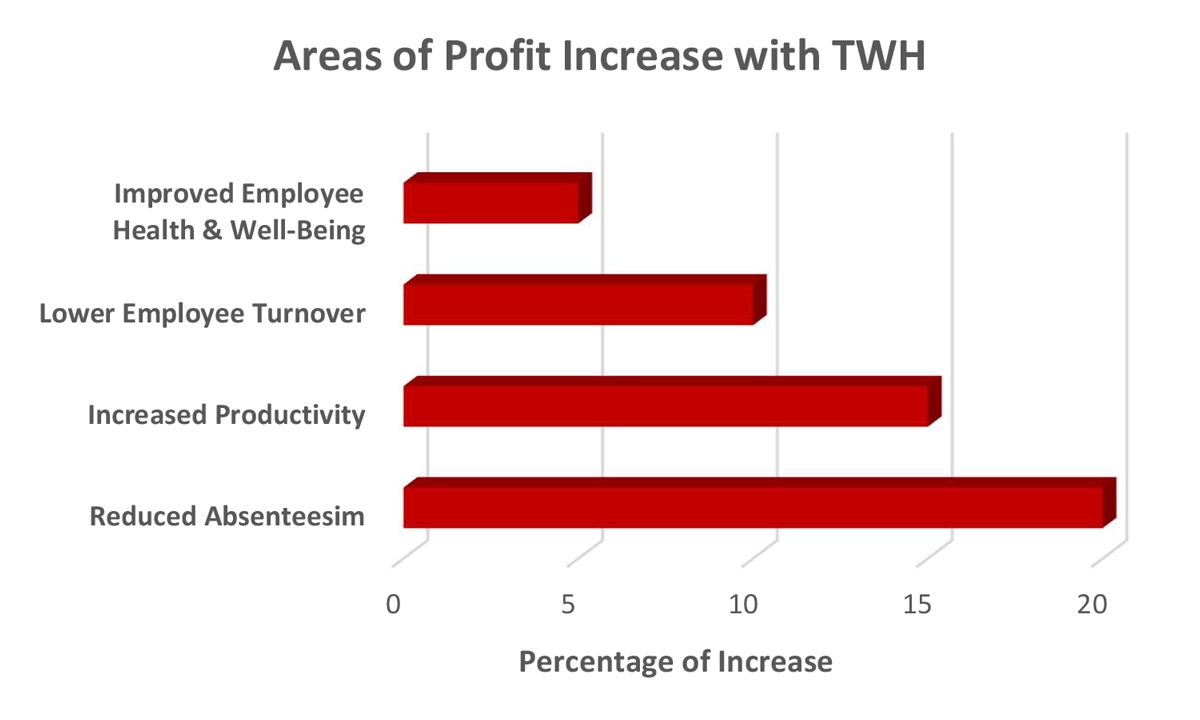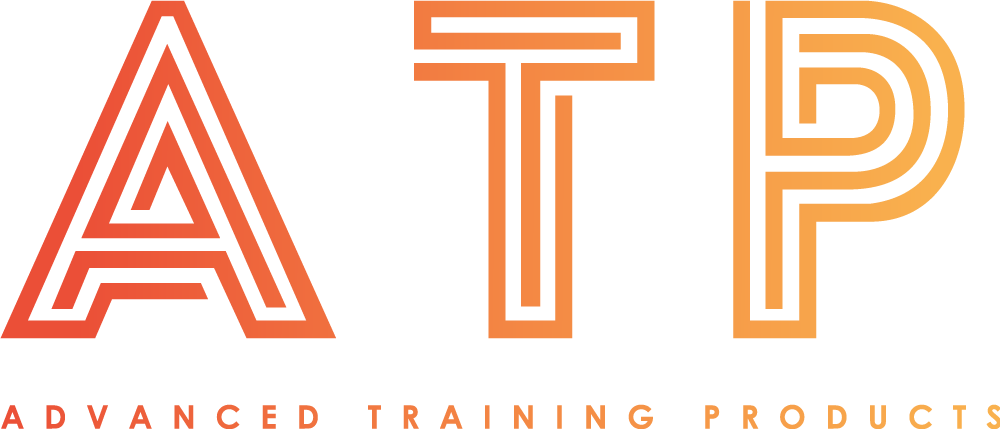White Papers and Press Releases
At Advanced Training Products, we're committed to empowering organizations with the knowledge and tools they need to create safer, healthier workplaces. Our thought leadership resources provide valuable insights into a range of topics, including:
- Total Worker Health® initiatives
- Workplace impairment prevention
- Reasonable suspicion protocols
- Cannabis legalization and its impact on the workplace
Stay informed and stay ahead with our expert analysis and actionable advice.
Keep up with the latest industry news through our press releases below.
Total Worker Health® (TWH): A Catalyst for Profitability and Organizational Success
In the dynamic world of business, profitability remains a fundamental objective. While traditional approaches have focused on financial metrics, Total Worker Health® (TWH) emerges as a strategic imperative, fostering a healthier, more engaged, and productive workforce, ultimately driving profitability.
Total Worker Health® (TWH) emerges as a strategic imperative for organizations seeking to enhance profitability and achieve long-term success. By promoting a culture of well-being, reducing workplace injuries and illnesses, improving employee retention, and fostering engagement, TWH initiatives drive productivity, reduce costs, and enhance overall organizational performance.
Implementing Total Worker Health® (TWH) initiatives boasts a significant return on investment (ROI) through both direct and indirect means. Direct benefits include reduced healthcare costs due to fewer workplace injuries, illnesses, and chronic conditions, decreased absenteeism and presenteeism, and improved employee morale and motivation, leading to enhanced productivity and profitability. These tangible benefits, coupled with indirect positive impacts on employee well-being and long-term sustainability, solidify TWH as a strategic investment for organizations.
Certain states like New Jersey have established the role of the Workplace Impairment Recognition Expert ("WIRE") to help address these issues. Advanced Training Products offers an innovative solution: WIRE Certified Training™ - elevate your bottom line and minimize operational risks with Advanced Training Products' interactive program. This comprehensive solution safeguards your workforce's well-being, fostering a culture of shared responsibility for safety and health. By investing in your most valuable asset - your people - you unlock a powerful driver of business success. Contact Advanced Training Products today and empower your organization to thrive!
Positive Impact on Employee Job Satisfaction
TWH programs positively impact employee engagement, motivation, and job satisfaction, leading to improved performance and profitability by:
- Creating a supportive work environment: TWH fosters a culture of care, support, and open communication, making employees feel valued and appreciated.
- Empowering employees to manage their well-being: Providing employees with resources, training, and support to manage their physical, mental, and social health.
- Promoting a sense of purpose and belonging: Integrating TWH principles into the organization's mission and values, fostering a sense of purpose and belonging among employees.
Integrating TWH into Business Planning and Decision-Making
TWH principles can be integrated into business planning and decision-making to enhance long-term profitability by:
- Assessing TWH risks and opportunities: Identifying potential TWH risks and opportunities that could impact the organization's financial performance.
- Incorporating TWH into strategic planning: Integrating TWH goals and objectives into the organization's strategic planning process, aligning TWH initiatives with overall business objectives.
- Evaluating TWH investments: Using cost-benefit analysis to evaluate the financial implications of TWH investments and make informed decisions about resource allocation.

Identifying Areas for Cost Savings and Resource Optimization
TWH data can be used to identify areas for cost savings and resource optimization, contributing to overall financial health by:
- Tracking healthcare costs and utilization: Analyzing healthcare expense data to identify trends and potential areas for cost reduction.
- Assessing absenteeism and presenteeism patterns: Analyzing absenteeism and presenteeism patterns to identify risk factors and develop targeted interventions.
- Evaluating employee engagement and satisfaction: Collecting and analyzing employee feedback to identify areas for improvement and allocate resources effectively.
Works Cited
Making the Business Case for Total Worker Health. (2021, August). Retrieved December 2023, from Centers for Disease Control and Prevention: https://www.cdc.gov/niosh/twh/business.html
Workplace Health Promotion: Survey Data. (2017). Retrieved December 2023, from Centers for Disease Control and Prevention: https://www.cdc.gov/workplacehealthpromotion/survey/data.html

